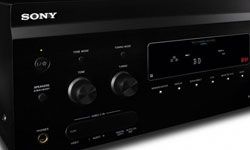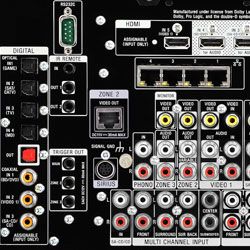So you spent more than a few paychecks for an HD/plasma/3-D TV so large that you could watch it from down the street, along with a new set of human-size speakers and a 150-disc CD/DVD/Blu-ray/iEverything player so your neighbors can hear it across the street, too. All you have to do now is pop some corn, grab a cold one and prepare for entertainment bliss, right? Not so fast.A big, movie theatre-quality TV and supped-up speakers are definitely nice, but to get the most out of your home entertainment equipment, you also have to invest in a quality receiver.
An AV (audio/video) receiver serves as the hub of a home theater system, connecting speakers with various components. It handles a wide variety of tasks: powering speakers, tuning radio stations, switching between audio and video components and decoding signals for surround sound [source: Bar].Not all AV receivers are created equal, though. Here are five things to look for when picking out the unit of your dreams.
Advertisement


